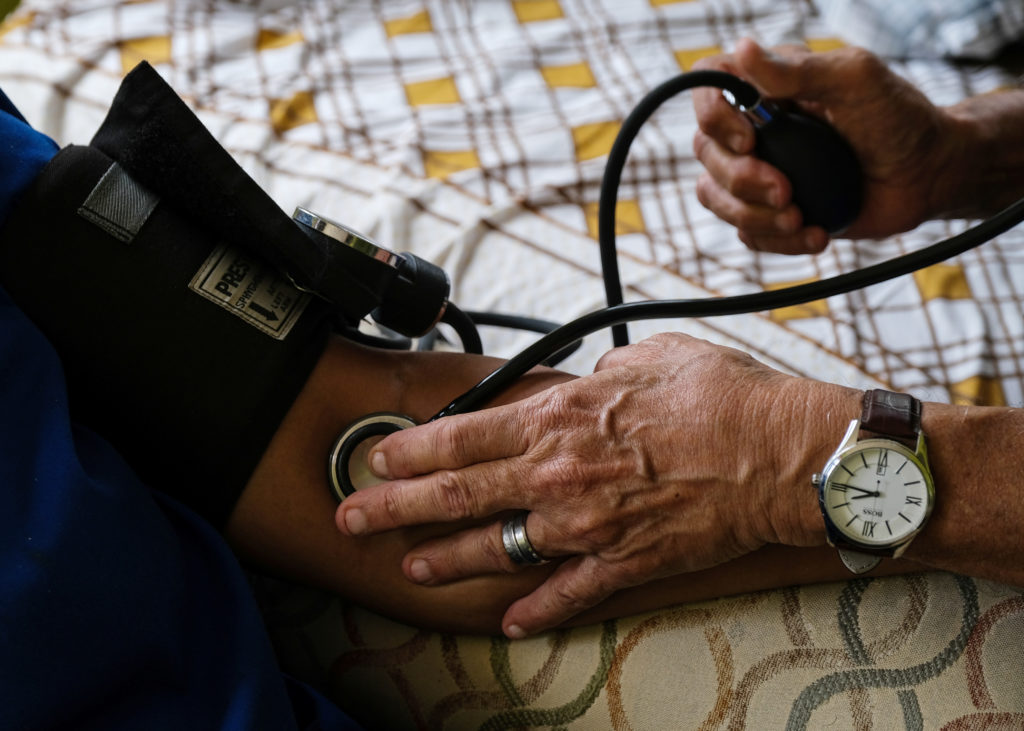Under New Guidelines, More Americans Meet the Criteria for High Blood Pressure
Understanding the New Guidelines
The new standards set forth by the American Heart Association and the American College of Cardiology aim to lower the threshold for hypertension, ensuring more people qualify for early interventions. This approach not only promises a more tailored treatment plan for individuals but also helps in effectively managing the risk factors associated with heart disease and stroke.

The Impact on Health Statistics
According to recent studies, nearly half of the American population is diagnosed with hypertension under these new guidelines. This significant change hopes to address the root causes early, thereby reducing the long-term impacts. As many Americans are now eligible for treatment, this shift is expected to make healthcare more proactive than reactive.
Key Components of the New Guidelines
- Lower blood pressure threshold: The new guidelines define high blood pressure starting from 130/80 mm Hg, previously set at 140/90 mm Hg.
- Comprehensive treatment plans: Patient-specific plans which may include lifestyle changes, medications, or both.
- Emphasis on early intervention: Encouraging regular monitoring and early treatment initiation.
"The goal is to encourage people at risk to begin steps earlier in life to reduce their hypertension risk" – American Heart Association
This sentiment reflects the proactive nature of these guidelines, aiming to provide individuals with control over their health outcomes much earlier in their lives.
Tech Innovations in Blood Pressure Monitoring
Technology plays a crucial role in the implementation of these new guidelines. Personalized medicine and smart health devices make it easier for individuals to monitor their health in real-time. Many are now turning to digital blood pressure monitors and health apps that offer continuous updates and insights.
For those interested in modern electronic health devices, there are various options available on Amazon which provide accurate readings and integrate seamlessly with everyday life.
The Role of Diet and Exercise
While monitoring is key, lifestyle changes such as dietary improvements and regular exercise are strongly recommended. A heart-healthy diet rich in fruits, vegetables, lean protein, and low in sodium can significantly reduce blood pressure levels.
- Embrace the Mediterranean diet or DASH diet.
- Engage in at least 150 minutes of moderate exercise weekly.
- Limit alcohol intake and quit smoking if applicable.
Continuing the Conversation
As these guidelines take effect, individuals, healthcare professionals, and policymakers continue the discussion on preventive care in hypertension. Resources such as CDC's Blood Pressure Information and American Heart Association provide valuable information to both patients and the healthcare community.
Public forums and communities on platforms like LinkedIn and Twitter are also teaming with conversations and real-time updates.
